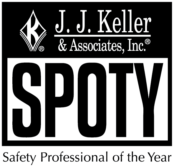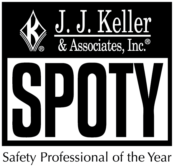Home » safety professionals
Articles Tagged with ''safety professionals''
Best Practices
OHS expert witnesses in demand with new forms of litigation due to workplace injury disputes
October 18, 2021
J. J. Keller Announces Safety Professional of the Year (SPOTY) Award Winners
Safety leaders exemplify best practices in keeping workers safe
September 16, 2021
Best Practices
Do we trust professional industrial hygienists’ judgment?
September 1, 2021
Best Practices
Does an abundance of titles hurt the OHS practice?
Quality varies in an unregulated credentials market
March 18, 2021
Are You Ready for National Safety Stand-Down?
5 Things You Can Do to ‘Walk the Talk’
September 7, 2020
Never miss the latest news and trends driving the safety industry
eNewsletter | Website | eMagazine
JOIN TODAYCopyright ©2024. All Rights Reserved BNP Media.
Design, CMS, Hosting & Web Development :: ePublishing












